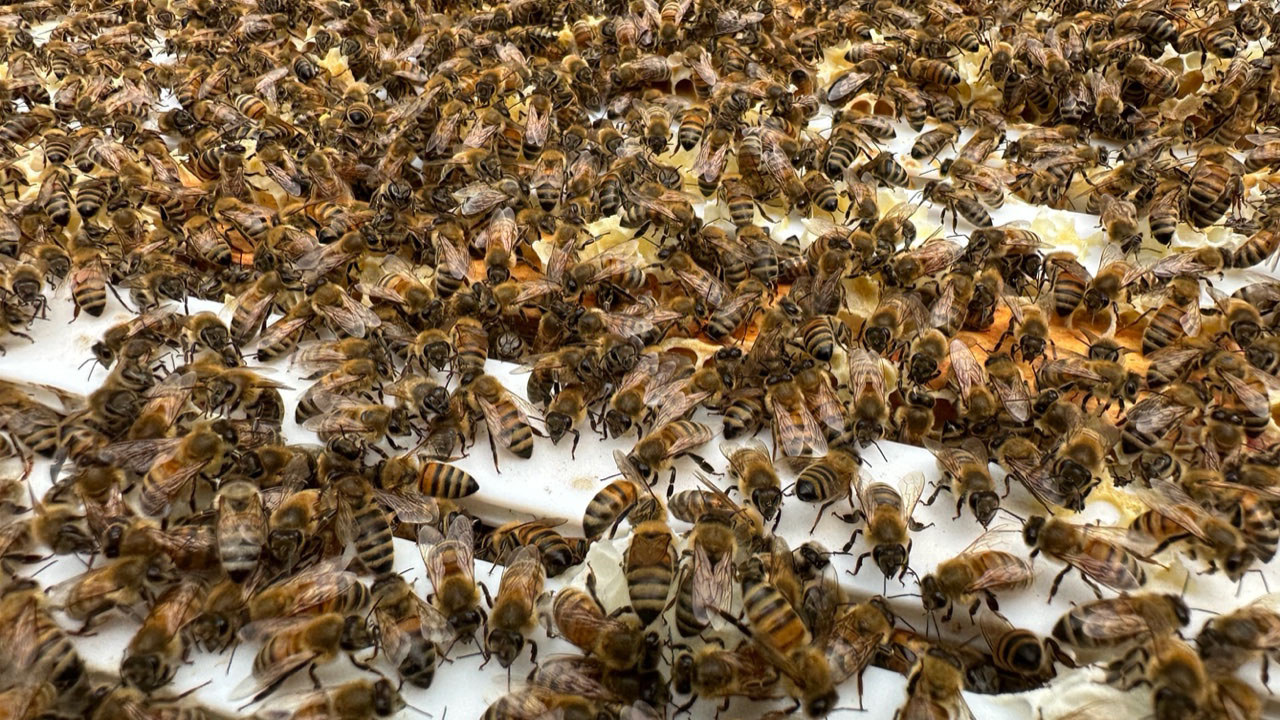Canada reported the warmest winter temperatures ever during December, January and February, affecting the environment in unusual and potentially dangerous ways, experts say.
Many other parts of the world, like South America, Europe, Africa, Siberia, and Western Australia, experienced a similar event, according to the European Union’s climate monitoring institute Copernicus.
The institute reported February was the warmest on record worldwide, with an average temperature of 13.54 C, 0.81 C above the 1991-2020 average for the month and 0.12 C above the previous warmest February in 2016. It was also the ninth consecutive month of record temperatures.
Environment and Climate Change Canada senior climatologist David Phillips said this past winter was shocking because it was more than one degree warmer than the warmest winter ever recorded during the 2009-2010 season when the temperature reached 4.1 C.
“This winter came out to be the warmest, mildest, and balmiest on record by far,” he said. “It just didn’t happen. That’s why I called it the lost season. It’s the cancelled season.”
Phillips said the main causes of the above-seasonal temperature over the three-month period are four: last year’s high temperature, warming oceans, the climate pattern El Niño, and climate change.
“I think last year was the second warmest year in Canada, but we had the warmest period from May to September,” he said. “A lot of that heat is still left in the lakes, rivers and land, and it’s taken away in the wintertime, so it tends to warm the winter.”
Copernicus reported the average global sea surface temperature for February was 21.06 C, the highest ever recorded for any month, surpassing the previous record of 20.98 C in August 2023.
Phillips said all the oceans were warmer than normal.
“They were like hot tubs. Never have the oceans been warmer than this past February,” he said.
Phillips said El Niño, a climate pattern in the Pacific Ocean that occurs every two to seven years and affects climate worldwide, was particularly powerful this year.
“It was probably the third warmest El Niño. It came early, and it was large and intense,” he said. “In Canada, its impact is generally felt in the winter, and it tends to make it milder and drier than usual.”
Environment and Climate Change Canada shows an increasing trend in the average winter temperatures, which have warmed by 3.4 C from 1948, the year Canada started keeping records, until 2023.
Phillips said what people have experienced this winter is what wintertime will look like in the future due to climate change.
“It doesn’t mean next winter is going to be this winter plus one. It doesn’t work that way because there’s variability in the climate system where you get these wild swings and differences,” he said. “We’re all still going to be cold, but winter will be shorter and less intense.”
Western University’s biology professor Brent Sinclair said a later fall could be good for insects because they can reproduce, but it can also be bad because they burn all their energy waiting for winter to come.
He said they are exposed to frost due to a lack of insulating snow, and species like some pests that would normally be killed by overwintering might survive.
“Just because it feels like spring doesn’t mean that it’s spring,” he said. “We can see some insects coming out and plants flowering early, losing their ability to survive cold.
“It still gets frosts until May, and that can cause a lot of damage, killing the flowers and preventing trees from reproducing,” he said.
Western University’s biology professor Graham Thompson said honeybees are identified as a bellwether for environmental health, and like plants, insects and mammals, they come out of hibernation if the average degree tends to be above five degrees for five days in a row.
He said honeybees survive the winter by clustering together, but once it gets warm, they break the cluster and give up the warmth so they can go out in search of food.
“In a way, they’re doomed because the flowers and nectar that they would need to sustain themselves aren’t available,” he said. “So they either just die because they’ve lost all their energy or they cluster, but they’re maybe not able to do that.”
Western University psychology professor and Advanced Facility for Avian Research director Scott MacDougall-Shackleton said the lack of snow cover and warmer temperatures affect bird food supplies, benefiting some species while harming others.
“Common birds that overwinter in Ontario will have lower energetic demands to keep warm, and some species like juncos may find it easier to find food,” he said. “On the other hand, species like the Canada jays living in northern Ontario may have a harder time as they store bits of frozen food all winter, and warm spells in wintertime may rot their food.”
He said another concern is how winter affects spring plants and insect emergence, which are necessary for birds during reproduction.
“Many birds that migrate back from Central or South America have evolved to arrive back at specific dates based on seasonal changes in day length,” he said. “If we have an early spring, they may arrive back too late to take advantage of the plants and insects they need to feed their babies.”

